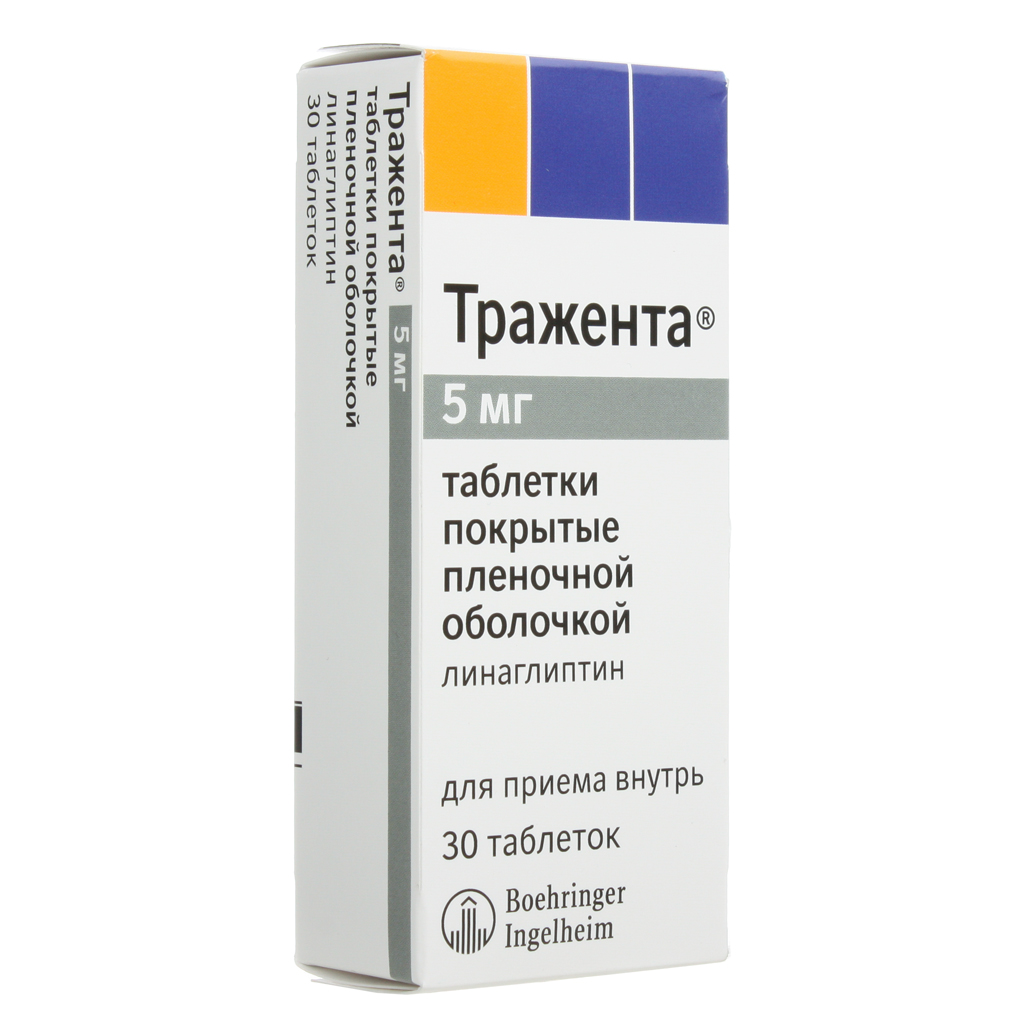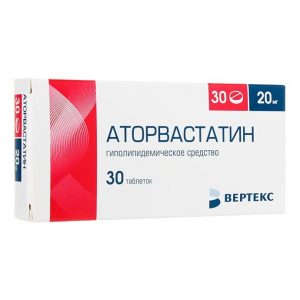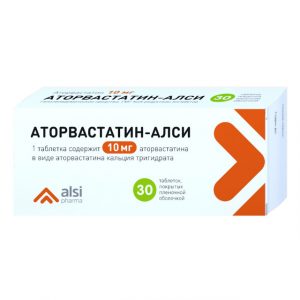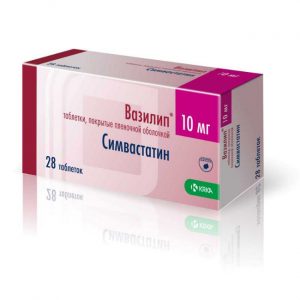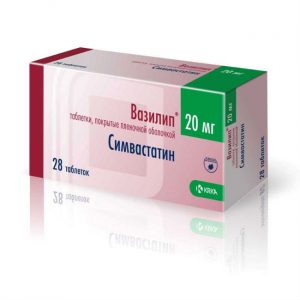Description
packaging 30 pcs
Pharmacological action
Trazhenta – oral hypoglycemic drug. Linagliptin is an inhibitor of the enzyme dipeptidyl peptidase-4 (DPP-4), which is involved in the inactivation of hormones incretins – glucagon-like peptide type 1 (GLP-1) and glucose-dependent insulinotropic polypeptide (HIP). These hormones are rapidly destroyed by the enzyme DPP-4. Both of these incretins are involved in maintaining physiological glucose concentrations. The basal concentrations of GLP-1 and GUI during the day are low, they increase rapidly in response to food intake. GLP-1 and HIP enhance insulin biosynthesis and its secretion by pancreatic beta cells at normal or elevated blood glucose concentrations. In addition, GLP-1 reduces the secretion of glucagon by pancreatic alpha cells, which leads to a decrease in glucose production in the liver.
Linagliptin is actively associated with the enzyme DPP-4 (a reversible link), which causes a steady increase in the concentration of incretins and a long-term preservation of their activity. Trazhenta increases glucose-dependent insulin secretion and decreases glucagon secretion, which leads to normalization of blood glucose levels. Linagliptin selectively binds to the enzyme DPP-4 and has a 10,000-fold greater selectivity for DPP-4 compared with the enzymes dipeptyl peptidase-8 or dipeptyl peptidase-9 in vitro.
Indications
Type 2 diabetes mellitus: as monotherapy in patients with inadequate glycemic control only against the background of diet and exercise, with metformin intolerance, or with contraindication to its use due to renal failure
as a two-component combination therapy with metformin, derivatives or metformin with derivatives thiazolidinedione in case of ineffective diet therapy, exercise and monotherapy with these
drugs as a three-component combination therapy with metformin and sulfonylurea derivatives in case of ineffective diet therapy, exercise and combination therapy with these drugs.
Contraindications
type 1 diabetes mellitus
diabetic ketoacidosis
pregnancy
breastfeeding period
children under 18 years of age
hypersensitivity to any component of the drug Trazent.
Use during pregnancy and lactation
Use of linagliptin during pregnancy and during breastfeeding is contraindicated.
Composition
1 tablet contains:
Active ingredient: linagliptin 5 mg
Excipients: mannitol – 130.9 mg, pregelatinized starch – 18 mg, corn starch – 18 mg, copovidone – 5.4 mg, magnesium stearatek – 2.7 mg pink opadra (02F34337) – 5 mg (hypromellose 2910 – 2.5 mg, titanium dioxide (E171) – 1.25 mg, talc – 875 μg, macrogol 6000 – 250 μg, iron dye red oxide (E172) – 125 μg).
Dosage and administration
Recommended dose of Trazent is 5 mg (1 tablet) once a day, by mouth.
Trazent can be taken regardless of the meal at any time of the day.
If you miss the next dose, the patient should take the drug as soon as he remembers this. Do not take a double dose in one day.
Side effects of
The following side effects were observed with linagliptin monotherapy:
On the part of the immune system: hypersensitivity reactions.
From the respiratory system: cough.
From the digestive system: pancreatitis.
Infectious diseases: nasopharyngitis.
When using linagliptin with metformin:
From the immune system: hypersensitivity reactions.
From the respiratory system: cough.
From the digestive system: pancreatitis.
Infectious diseases: nasopharyngitis.
When using linagliptin with sulfonylureas:
On the part of the immune system: hypersensitivity reactions.
Metabolic Disorders: Hypertriglyceridemia.
From the respiratory system: cough.
From the digestive system: pancreatitis.
Infectious diseases: nasopharyngitis.
When using linagliptin with pioglitazone:
From the immune system: hypersensitivity reactions.
Metabolic Disorders: Hyperlipidemia.
From the respiratory system: cough.
From the digestive system: pancreatitis.
Infectious diseases: nasopharyngitis.
Other: weight gain.
When using linagliptin with insulin:
From the immune system: hypersensitivity reactions.
From the respiratory system: cough.
From the digestive system: pancreatitis, constipation.
Infectious diseases: nasopharyngitis.
When using linagliptin with metformin and sulfonylureas:
On the part of the immune system: hypersensitivity.
Metabolic disorders: hypoglycemia.
From the respiratory system: cough.
From the digestive system: pancreatitis.
Infectious diseases: nasopharyngitis.
When using linagliptin with metformin and pioglitazone:
From the immune system: hypersensitivity reactions.
Metabolic Disorders: Hyperlipidemia.
From the respiratory system: cough.
From the digestive system: pancreatitis.
Infectious diseases: nasopharyngitis.
Other: weight gain.
Post-marketing experience:
On the part of the immune system: angioedema, urticaria.
From the digestive system: acute pancreatitis.
From the skin: rash.
Drug Interaction
Evaluation of In vitro Drug Interactions
Linagliptin is a weak competitive inhibitor of the CYP3A4 isoenzyme.
Linagliptin does not inhibit and is not an inducer of other CYP isoenzymes.
Linagliptin is a substrate for P-glycoprotein and inhibits to a small extent P-glycoprotein mediated digoxin transport.
Evaluation of drug interactions in vivo
Linagliptin has no clinically relevant effect on the pharmacokinetics of metformin, glibenclamide, simvastatin, pioglitazone, warfarin, digoxin and oral contraceptives, as demonstrated in vivo, and is based on the low ability of linagliptin to lead to drug interactions with substrates for CYP3A4, CYP2C9, CYP2C8, P-glycoprotein and organic cation transport molecules.
Metformin. Co-administration of metformin (repeated daily intake of 850 mg 3 times / day) and linagliptin at a dose of 10 mg 1 time / day. (higher than the therapeutic dose) in healthy volunteers did not lead to clinically significant changes in the pharmacokinetics of linagliptin or metformin. Thus, linagliptin is not an inhibitor of organic cation transport.
Derived sulfonylureas. The pharmacokinetics of linagliptin (5 mg) did not change when co-administered with glibenclamide (single dose of glyburide 1.75 mg) and repeated oral intake of linagliptin (5 mg). However, there was a clinically insignificant 14% decrease in AUC and Cmax of glibenclamide. Because glibenclamide is mainly metabolised by CYP2C9, these data also support the conclusion that linagliptin is not a CYP2C9 inhibitor. Clinically significant interactions are not expected with other sulfonylureas (eg glipizide and glimepiride), which, like glibenclamide, are mainly metabolised with CYP2C9.
Thiazolidinediones. Co-administration of multiple doses of linagliptin 10 mg / day. (above the therapeutic dose) and pioglitazone 45 mg / day. (repeated administration), which is a substrate for CYP2C8 and CYP3A4, had no clinically relevant effect on the pharmacokinetics of linagliptin or pioglitazone, or active metabolites of pioglitazone. This indicates that linagliptin in vivo is not an inhibitor of CYP2C8-mediated metabolism and confirms the conclusion that there is no significant inhibitory effect of linagliptin in vivo on CYP3A4.
Ritonavir. Co-administration of linagliptin (5 mg single dose) and ritonavir (200 mg repeated dose), an active inhibitor of P-glycoprotein and the CYP3A4 isoenzyme, increased the AUC and Cmax values of linagliptin, approximately 2-fold and 3-fold, respectively. However, these changes in the pharmacokinetics of linagliptin were not considered significant. Therefore, no clinically significant interaction with other P-glycoprotein and CYP3A4 inhibitors is expected, and no dose modification is required.
Rifampicin. Repeated co-administration of linagliptin and rifampicin, an active inducer of P-glycoprotein and the CYP3A4 isoenzyme, resulted in a 39.6% and 43.8% decrease in the AUC and Cmax of linagliptin, respectively, and a 30% decrease in the inhibition of basal activity of dipeptidyl peptidase-4. Thus, it is expected that the clinical efficacy of linagliptin used in combination with active inducers of P-glycoprotein will remain, although it may not be fully demonstrated.
Digoxin. Co-administration of linagliptin (5 mg / d) and digoxin (0.25 mg / d) in healthy volunteers had no effect on the pharmacokinetics of digoxin. Thus, linagliptin in vivo is not an inhibitor of P-glycoprotein mediated transport.
Warfarin. Linagliptin, repeatedly administered at a dose of 5 mg / day, did not alter the pharmacokinetics of warfarin, which is a substrate for CYP2C9, indicating that linagliptin lacks the ability to inhibit CYP2C9.
Simvastatin. Linagliptin, used in healthy volunteers repeatedly at a dose of 10 mg / day. (above therapeutic dose), had minimal effect on the pharmacokinetic parameters of simvastatin, which is a sensitive substrate for CYP3A4. Following the administration of linagliptin at a dose of 10 mg together with simvastatin, administered at a daily dose of 40 mg for 6 days, the AUC of simvastatin increased by 34% and the value of Cmax by 10%. Thus, linagliptin is a weak inhibitor of CYP3A4 mediated metabolism. Changes to the dose when co-administered with CYP3A4-metabolized drugs are considered inappropriate.
Oral contraceptives. Co-administration of 5 mg mg linagliptin with levonorgestrel or ethinyl estradiol did not alter the pharmacokinetics of these drugs.
Overdose
During controlled clinical trials in healthy volunteers, a single 600 mg dose of linagliptin (120 times the recommended dose) was well tolerated. There is no experience of using linagliptin at a dose in excess of 600 mg.
In the event of an overdose, it is recommended to use normal supportive measures, such as removal of unabsorbed Trazent preparation from the gastrointestinal tract, clinical control and symptomatic treatment.
Storage conditions
At a temperature not exceeding 25 ° C.
Shelf suitability
3 Year
Deystvuyuschee substances
Lynahlyptyn
dosage form
dosage form
tablets
Beringer Ingelheim, Austria p19rorew4728ring lheim, Austria
